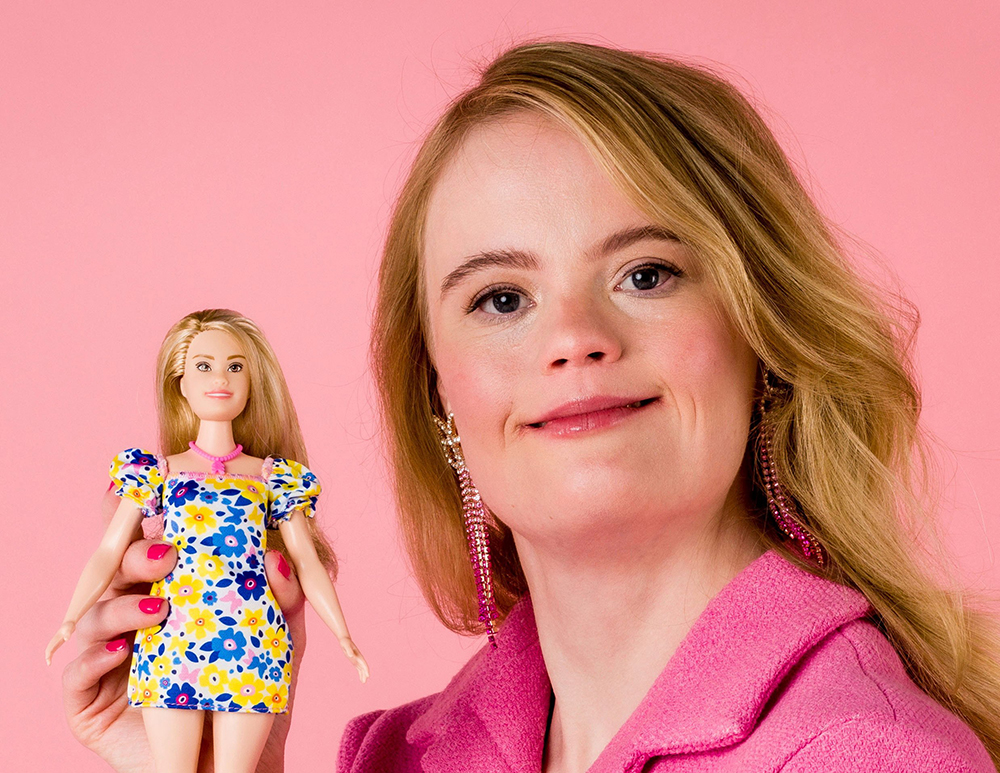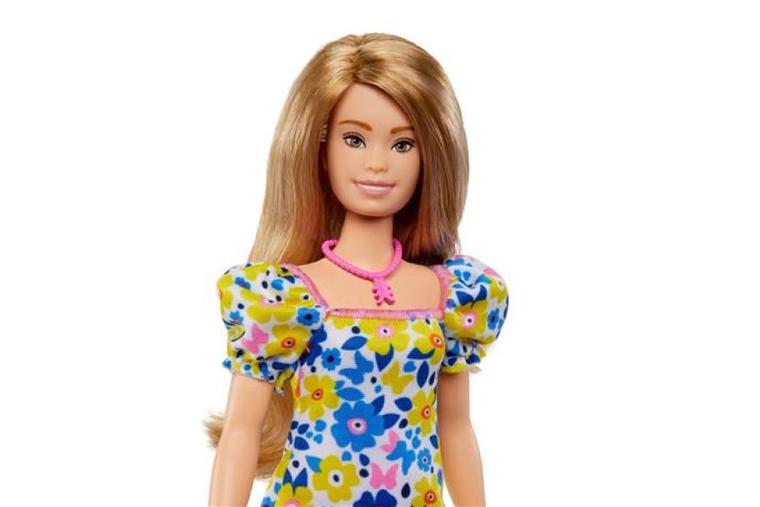- Feb 5, 2002
- 166,616
- 56,251
- Country
- United States
- Faith
- Catholic
- Marital Status
- Married
- Politics
- US-Others
(OSV News) — When Mattel announced the release of a Barbie doll portrayed with Down syndrome on April 25, the global toymaker explained the addition to its product line is intended “to allow even more children to see themselves in Barbie.”
But a corresponding awful and certainly unintentional irony is that — due to elective abortion — the doll has fewer potential lookalike playmates than ever before.
While estimates vary, elective abortions of children whose Down syndrome is detected in prenatal tests are as high as 67-75% in America. In Denmark, the figure is 98%, while other European nations report rates exceeding 90%. In England, Wales and Scotland, the rate is 90%, as it is in mainland China. Virtually no children are born with Down syndrome in Iceland.
Mattel’s products are available in more than 150 countries.
Speaking with OSV News concerning the new Barbie doll, Mark Bradford — founding president of the Jérôme Lejeune Foundation USA — said, “I think we have to see this as a positive development, and use it to point out the contradiction of promoting individuals with disabilities, and using Down syndrome as the symbol of that, against the push — and there is a push in many areas of this country — for prenatal diagnosis and the termination of individuals with Down syndrome.”
Bradford also is now the Venerable Jérôme Lejeune fellow at Bishop Robert E. Barron’s Word on Fire Institute. Lejeune, the French scientist who identified the genetic cause of Down syndrome, is a candidate for sainthood. In January 2021, his “heroic virtues” were officially recognized by Pope Francis, who declared him “venerable.”
Bradford has a son with Down syndrome and five daughters. “When our daughters had Barbie dolls 20 years ago and more, Barbie was pretty much white, and you could either get brown hair, blonde hair or red hair,” recalled Bradford. “Eventually, skin tones became more varied, and ethnicities became more varied, and so they began to open up, and appeal to more of what the United States looks like nowadays.”
Continued below.

 www.oursundayvisitor.com
www.oursundayvisitor.com
But a corresponding awful and certainly unintentional irony is that — due to elective abortion — the doll has fewer potential lookalike playmates than ever before.
While estimates vary, elective abortions of children whose Down syndrome is detected in prenatal tests are as high as 67-75% in America. In Denmark, the figure is 98%, while other European nations report rates exceeding 90%. In England, Wales and Scotland, the rate is 90%, as it is in mainland China. Virtually no children are born with Down syndrome in Iceland.
Mattel’s products are available in more than 150 countries.
Speaking with OSV News concerning the new Barbie doll, Mark Bradford — founding president of the Jérôme Lejeune Foundation USA — said, “I think we have to see this as a positive development, and use it to point out the contradiction of promoting individuals with disabilities, and using Down syndrome as the symbol of that, against the push — and there is a push in many areas of this country — for prenatal diagnosis and the termination of individuals with Down syndrome.”
Bradford also is now the Venerable Jérôme Lejeune fellow at Bishop Robert E. Barron’s Word on Fire Institute. Lejeune, the French scientist who identified the genetic cause of Down syndrome, is a candidate for sainthood. In January 2021, his “heroic virtues” were officially recognized by Pope Francis, who declared him “venerable.”
Bradford has a son with Down syndrome and five daughters. “When our daughters had Barbie dolls 20 years ago and more, Barbie was pretty much white, and you could either get brown hair, blonde hair or red hair,” recalled Bradford. “Eventually, skin tones became more varied, and ethnicities became more varied, and so they began to open up, and appeal to more of what the United States looks like nowadays.”
Continued below.

New Barbie seen as affirmation of children with Down syndrome even while abortion claims more of them
When Mattel announced the release of a Barbie doll portrayed with Down syndrome, they explained the addition to its product line is intended "to allow even more children to see themselves in Barbie."
 www.oursundayvisitor.com
www.oursundayvisitor.com

